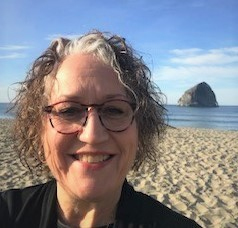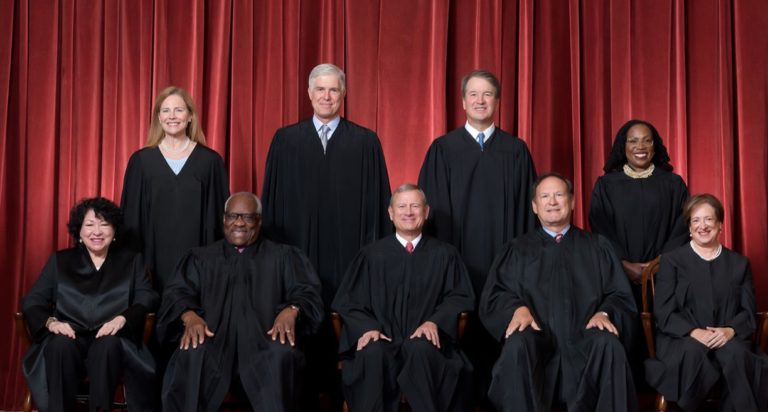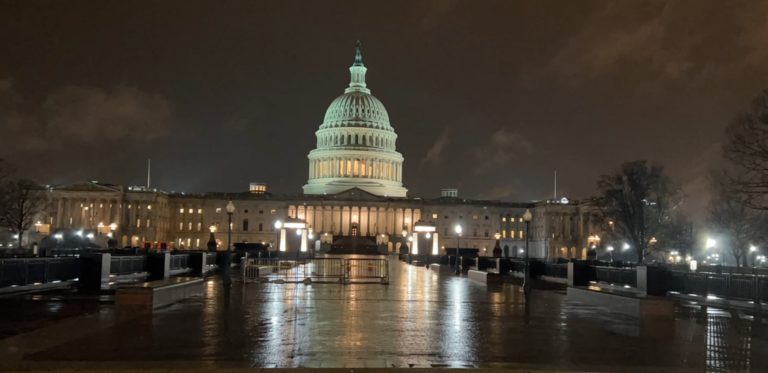Chicago Mayor Lori Lightfoot was defeated in Tuesday’s election, getting just shy of 17% in the mayoral election. The leading vote getter is the CEO of Chicago Public Schools Paul Valles with nearly 34%, and Cook County Commissioner Brandon Johnson with 20.32%. Lightfoot, the city’s first gay, female, black mayor, has conceded.
Vallas and Johnson will be in the April 4 runoff for mayor.
With 9.5 million residents, Chicago is the nation’s third largest city, after New York City and Los Angeles. Runaway crime was one of the big discussions during the election season. Lightfoot tried to battle the perception that she had no plan for tackling it.
“You wouldn’t know it by watching the news or listening to the haters. But on crime, Mayor Lightfoot’s got a plan,” her commercial said, as she ran for reelection for a second term.
But Chicagoans know too well that the crime surge has been worse than ever: In the week ending Feb. 19, crime has been up over 55% this year compared to 2022, and 107% higher than in 2021. In every single category, except for murders and shootings, there have been double and triple-digit increases in reports of crime. Vehicle thefts are 255% higher in 2023 than they were in 2021.
Meanwhile, the rate of arrests are down by at least 6%. A recent poll revealed that crime and personal safety was the driving issue for 44% of Chicago voters.
“When Lightfoot first ran for mayor of Chicago, she came out of practically nowhere, polling in the single digits against a large field of better-known candidates. Back then, she tried something different for Chicago politics: not centering race. She made corruption and reform her prime topics and did not seek to carve out a piece of the city’s racial and ethnic puzzle for herself. In the end, she appealed to voters across the city – white, Black and Hispanic. She came out in front in the first round of voting and dominated the runoff, carrying all 50 wards and practically every precinct,” Governing Magazine wrote earlier this month.
“Well, four years is a long time in politics. Lightfoot is up for re-election on Tuesday and her campaign this time around looks a lot more like the traditional Chicago model. (The two top finishers on Tuesday will go to a runoff in April.) Lightfoot’s formerly broad appeal has evaporated, with her approval rating underwater, but she might not even make it to the next round because she can’t count on solid support from any racial or ethnic group, or any corner of the city,” Governing Magazine wrote. “Lightfoot, the city’s first Black woman mayor (and first openly gay mayor), has focused most of her attacks on Cook County Commissioner Brandon Johnson, the other leading Black candidate. On Monday, she accused former schools and budget chief Paul Vallas, who is white, of ‘blowing the ultimate dog whistle’ for his call to ‘take back our city.'”
The state of Illinois has lost population for the past nine years. Only two other states lost more population in 2022 — New York and California. According to Illinois Policy, a conservative think tank, “Traditionally, the major reasons Illinoisans are choosing to leave the state are for better housing and employment opportunities, both of which have been made worse by poor public policy in Illinois. Nearly half of Illinoisans have thought about moving away, and they said taxes were their No. 1 reason. Population decline also contributes to the lower economic prospects of the state.”
Chicago has become the slowest growing major city in the U.S. for the past two decades.
“Since its peak in 1950, Chicago has lost nearly 1 million residents. Rather than a simple pattern of population ‘booms’ and ‘busts,’ groups have migrated to and away from Chicago at different points in time,” reported a MacArthur Foundation study in 2022.
The defeat of Lightfoot comes as the National Democratic Committee is trying to decide if it will hold its national nominating convention in New York, Atlanta, or Chicago in 2024. Big Labor has been making a push for Chicago.








